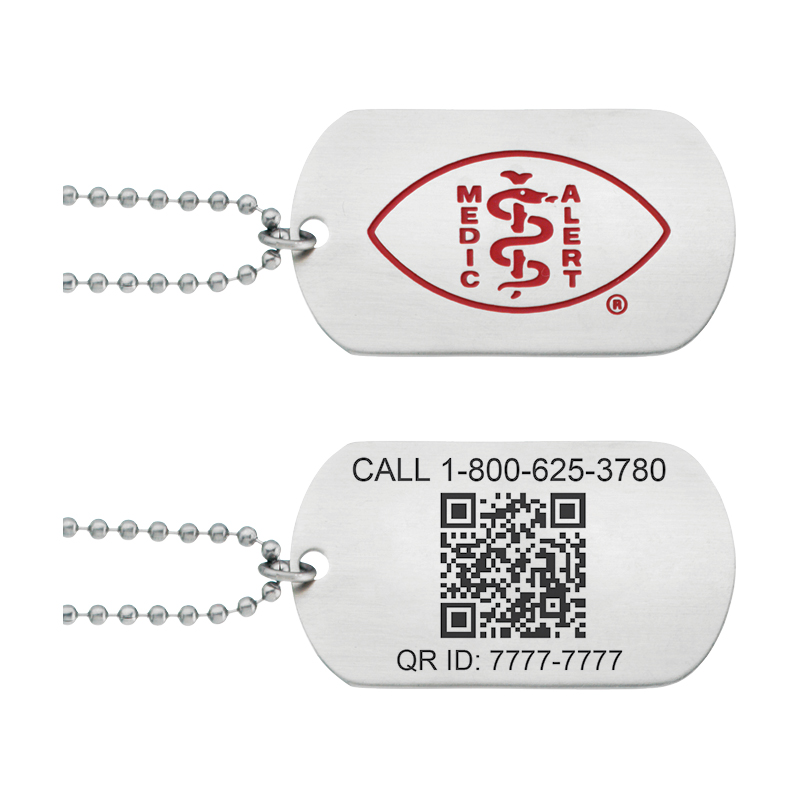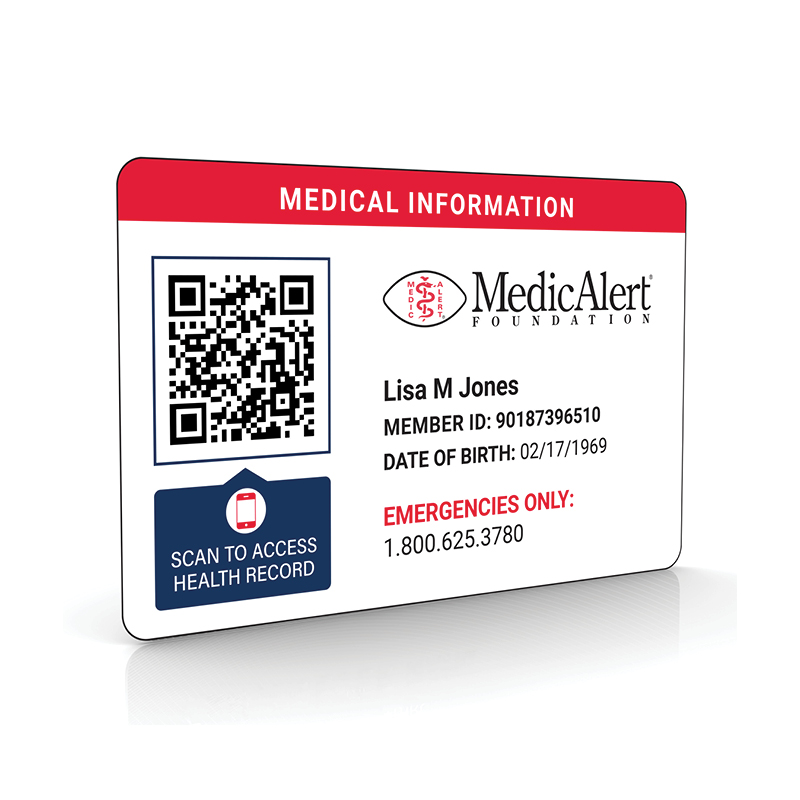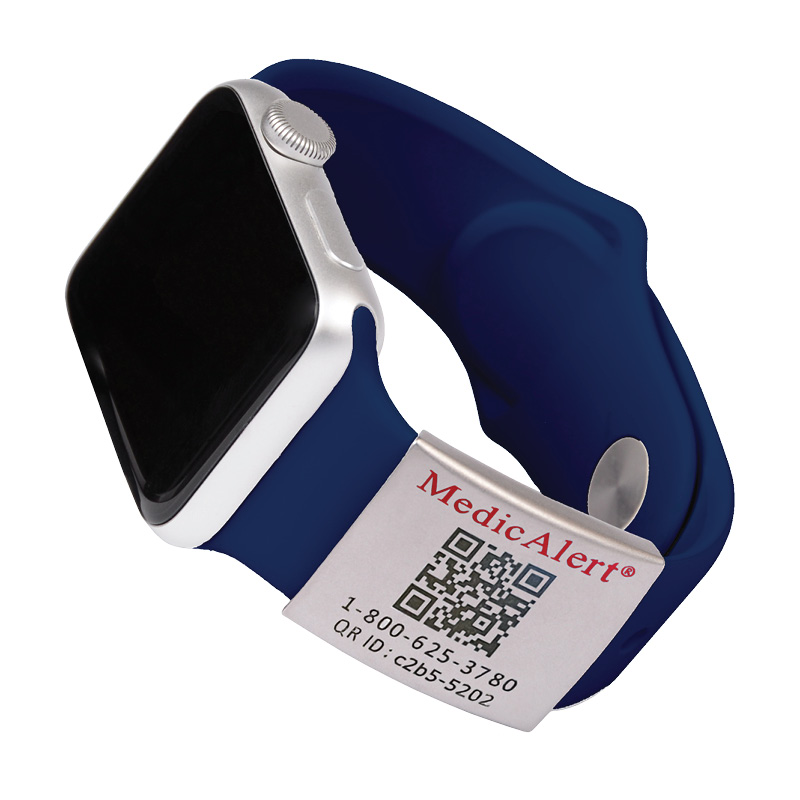The excitement of a new school year means shopping for school supplies, choosing new outfits, and reconnecting with friends after the summer. But for parents of children with special medical needs, it can also be met with anxiety and worry. From allergies and asthma to autism, diabetes, sickle cell anemia, epilepsy, and many other medical conditions, navigating the school environment can be overwhelming. But with careful planning, you can create a supportive learning experience for your child.
A chronic condition doesn’t have to get in the way of a good experience at school for your child. Remember, parents and schools have the same goal: to ensure that students with medical needs are safe and that they’re able to learn in a supportive environment.
Getting Started
Schedule an appointment with your child’s provider or specialist before the school year begins to assess their condition. If your child needs release forms to allow school personnel to administer medications, make sure the physician signs them.
With your child’s provider, develop a medical action plan. It’s a very important document. The action plan outlines what your child needs to effectively manage their condition during the school day, as well as what steps to take if an emergency occurs. Have your physician sign off on the plan to make it actionable.
What to include in a medical action plan:
Detail all medical needs: Collaborate with your child’s healthcare provider, outline the specific needs for your child’s medical condition. Include medications, dosage and daily care requirements.
Include symptoms and triggers: List all symptoms of your child’s condition as well as triggers, such as allergens, foods, or activities. That helps others to both help avoid a crisis, and to recognize a crisis when it occurs so they can take immediate action.
Create an emergency plan: Include detailed steps and specific instructions for your child's condition, rescue medications, and treatment in case of an emergency.
Provide emergency contacts : List all emergency contacts - parents, guardians and health care providers - as well as any other people on your care team who should be notified in an emergency.
Each child’s medical needs will vary a lot, so it’s important that you detail your child’s specific symptoms, medications, and treatment protocols . By taking the time to develop an action plan, you help ensure a smooth school year.
Here are some valuable resources that explain how to develop a medical action plan based on your child’s medical condition:
Communicating your action plan is key
Once you’ve created your child’s action plan, the next step is to effectively communicate it to school staff. Prior to the start of the school year, meet with school staff to discuss your child’s medical action plan. This includes: teachers, the school nurse, cafeteria staff, coaches, and any other relevant personnel. It takes a village to keep your kid safe.
Educate and empower your child
Open the lines of communication with your child. Teach them about their medical condition and how to manage it. Encourage your child to speak up about their needs, and to notify an adult if they experience any symptoms or issues. This empowerment helps them feel confident and safe at school.
If your child is comfortable, have them explain their condition, symptoms and triggers to classmates. Some kids find it empowering to claim their condition and ask their friends for help avoiding an incident. One 8-year-old MedicAlert member prepared and presented a talk for his entire third grade class to educate them on seizure protocols. That helped demystify his seizures and prepare his classmates to give him the help he needed when a seizure occurred. A win-win for all concerned.
Deal proactively with absences
If your child is likely to have multiple absences related to management or treatment of their condition, have a plan in place to keep them up to speed and connected with their classmates. These absences can cause your child to feel alone and distressed that they can’t keep up. Advise teachers in advance so they are ready to provide resources for learning at home.
Support their emotional health
Having a chronic illness can cause physical pain or symptoms. But dealing day in and out with a disease, missing school, and feeling “different” from other kids all take an emotional toll as well. It’s really important that your child learns ways to calm themself when they get anxious. Keep an eye out for symptoms of depression, and take quick action to get your child the resources they need if you see evidence of a decline in mental or emotional health.
Equip your child with a medical ID
A MedicAlert ID and protection plan are important safeguards for any child with a chronic medical condition. A medical bracelet, necklace, or shoe tag signals that your child has a medical condition. With MedicAlert,your child’s up-to-date medical history, medications, and emergency contacts are stored safely in their MedicAlert health profile. Be sure to upload your child’s emergency action plan so that first responders have access when needed.
If your child can’t communicate in an emergency, MedicAlert will be their voice. MedicAlert provides first responders with the vitaly information needed to provide fast, safe and accurate care for your child. It’s priceless safety and peace of mind for both you and your child.





